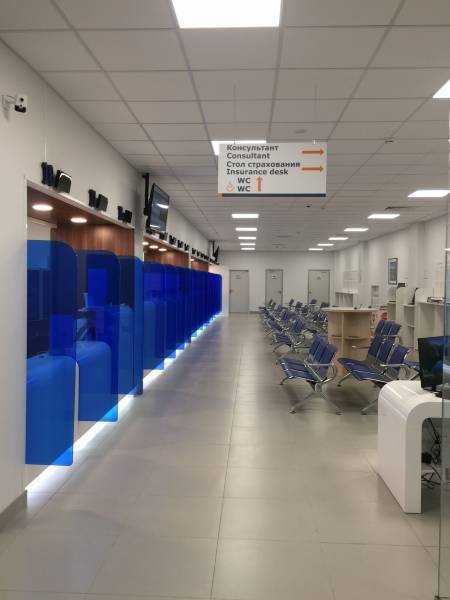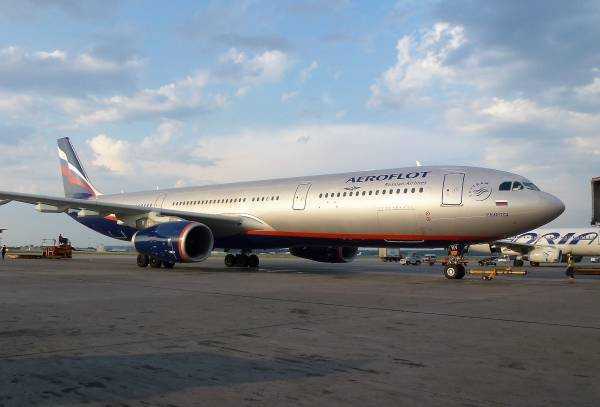In 2017, Europe became the leader in tourist arrivals, showing a 71% increase in incoming international tourist flow. Overall, international tourism demonstrated the highest growth rate in the last twenty years. This was announced at a conference held at the last weekend at the International Tourism Exhibition ITB Berlin 2018.

As experts noted, 2017 was an exceptionally strong year for the international travel market, with Europe becoming the main driver both as a source of tourism and as a destination region.
Globally, the number of international travelers increased by 6.5 percent, reaching nearly 1.2 billion in 2017. Also, for the first time in recent years, the industry's sensitivity to terrorism has significantly decreased.
These findings are based on the latest results from IPK World Travel Monitor, an annual survey and analysis of consumer behaviour in 60 countries that account for more than 90 percent of global outbound demand.
Following the leader, Europe, are North and Latin America (each with 61% growth) and Asia with 51% growth. Furthermore, Europe generated the largest revenue as a destination region.
The most popular destination last year was Spain, while the United States and Germany took second and third place, respectively. France and Italy were fourth and fifth.
Analyzing the types of trips, IPK World Travel Monitor clarifies that Last year, urban travel was the main driver of growth. With an 18 percent increase in traffic, beach holidays, which hold the largest market share, grew by 9 percent. On the other hand, the luxury round-the-world travel segment declined by 1 percent.

Recently the topic overtourism has become one of the most popular topics in the tourism industry precisely because of record-breaking visitor flows to some cities around the world. Since this topic covers not only destinations, tourist attractions, local infrastructure, city residents, and travelers themselves, IPK International conducted a special survey among international tourists in February 2018.
The results showed that 24 percent of all international tourists felt that the destination they visited was overcrowded. However, only 9 percent said it had a negative impact on the quality of their holiday.
The worst-hit cities were Mexico City (23 percent), Shanghai (22 percent), Venice (20 percent), Beijing (19 percent), Hong Kong (18 percent), Istanbul, Amsterdam and Florence (17 percent each) and Barcelona (16 percent).
In addition, for the fifth time, IPK International held a special A survey on the impact of terrorist threats on the behavior of international tourists in major markets worldwide. The study found that for 37 percent of international travelers say the latest warnings about instability and terror will impact their travel plans in 2018. compared to 41 percent in October 2017.

Also, 24 percent said they would still travel abroad, but only to destinations they perceive as "safe."
By the way, some directions were rated by respondents as safer compared to October 2017. This applies, for example, to the largest cities in Spain, the USA, Germany and Great Britain.
While there are various risks to travel, IPK International expects that Global tourist flow will increase by 5 percent in 2018.

According to the IPK International Outbound Travel Forecast for 2018, Latin America will become one of the most active outbound markets with a 7 percent increase in tourist flow. Asia follows (+6 percent). International travel from Europe and North America is also expected to grow by 4 percent.
Source: trn-news.ru













